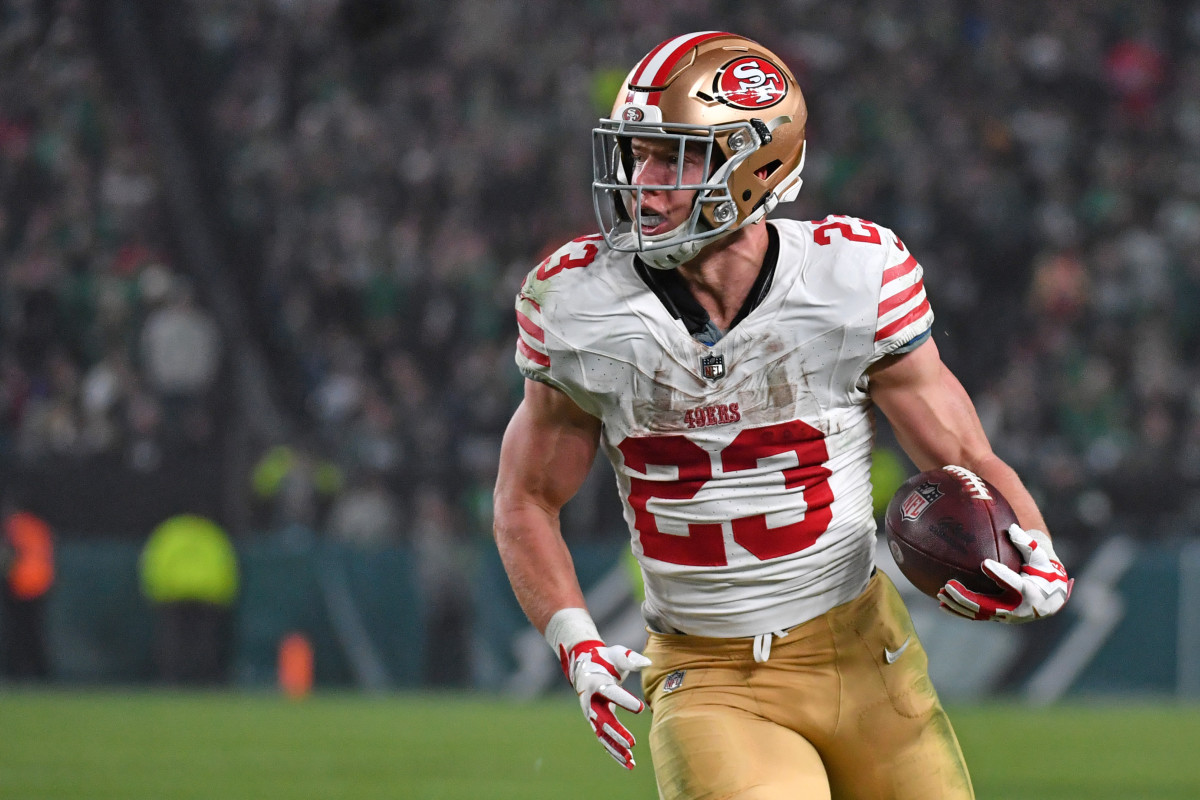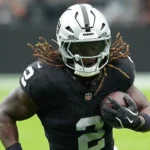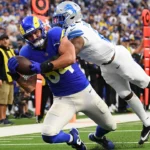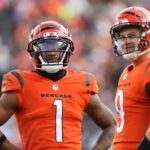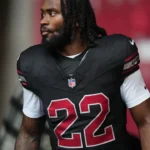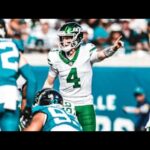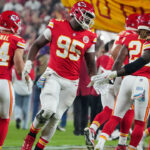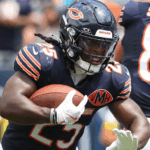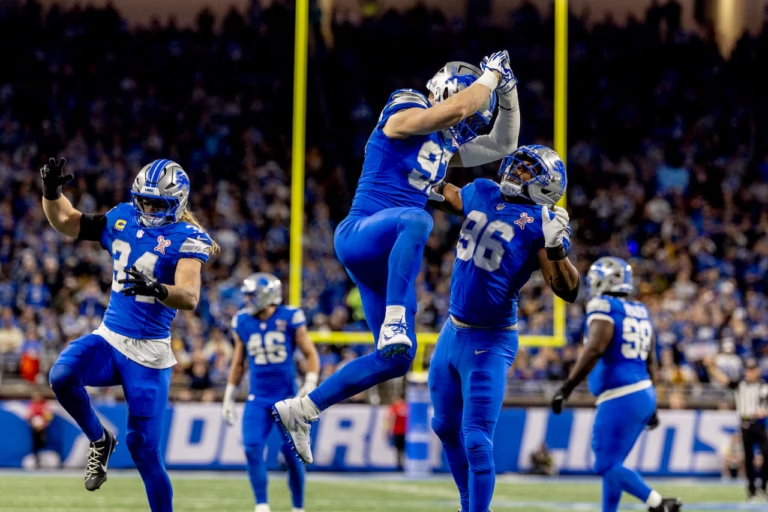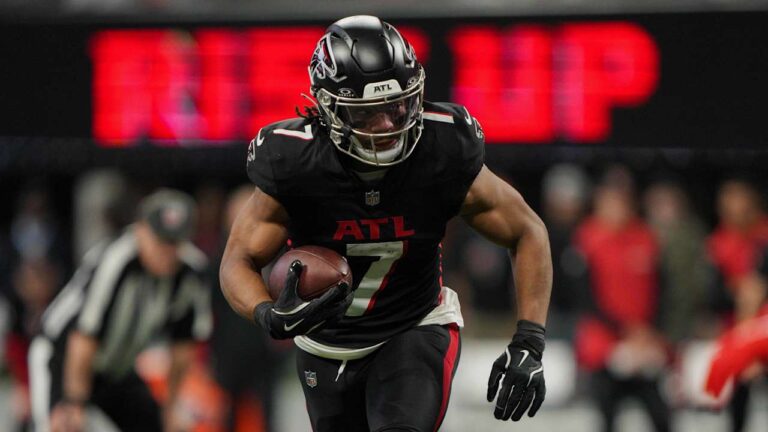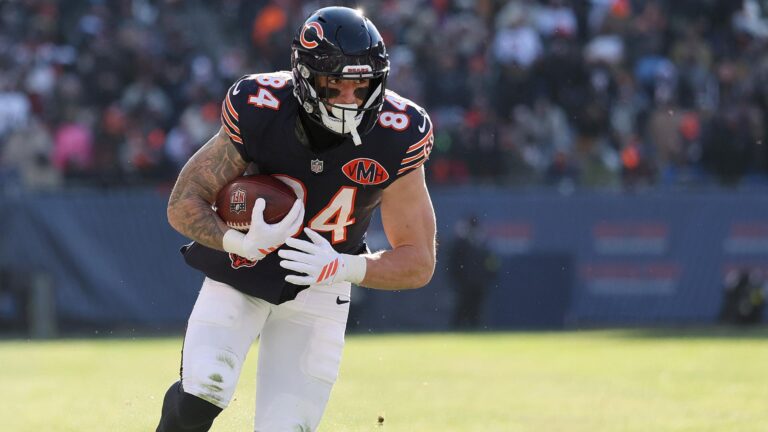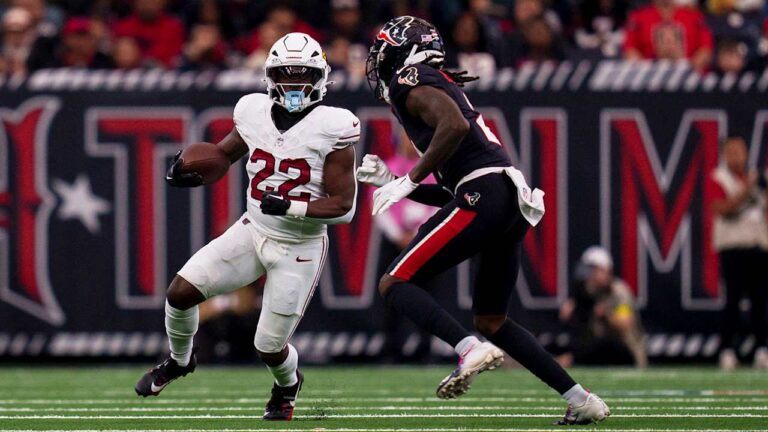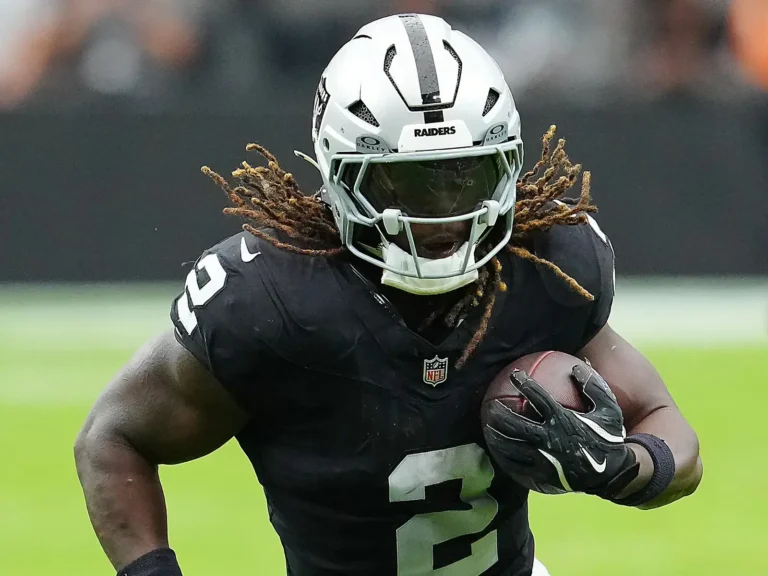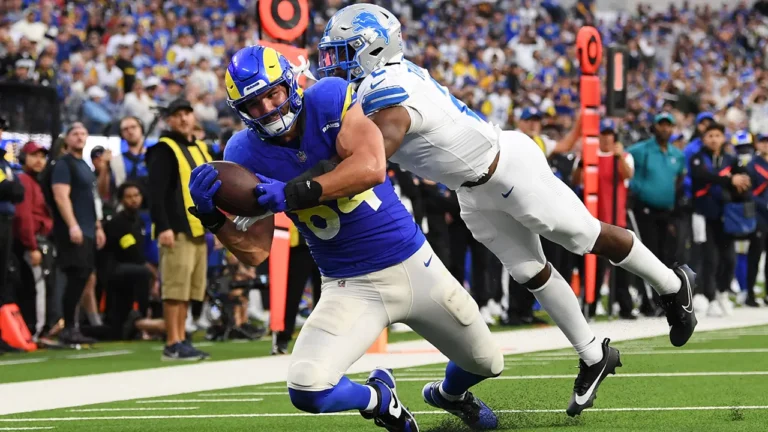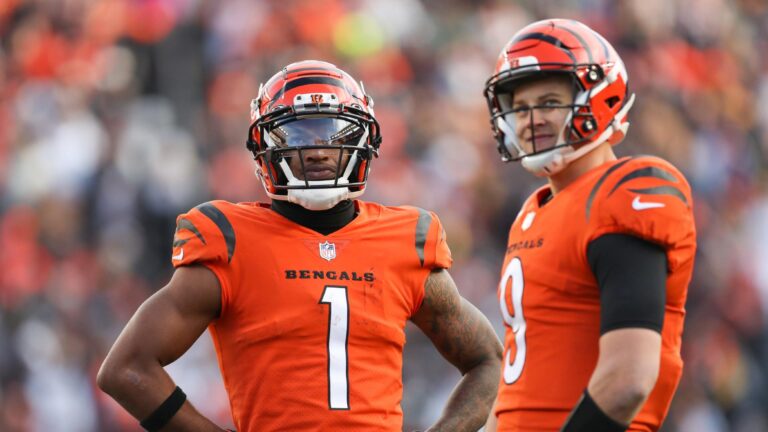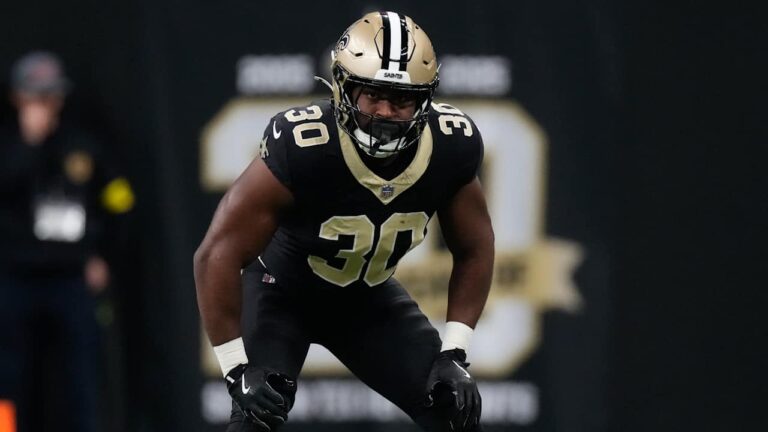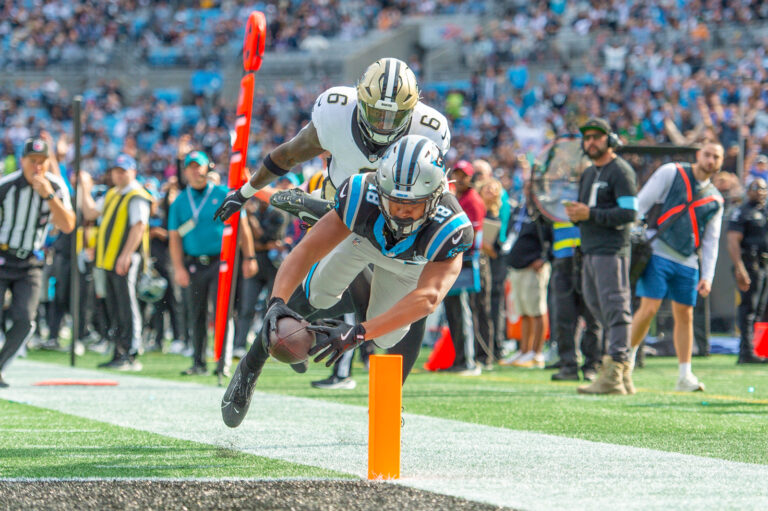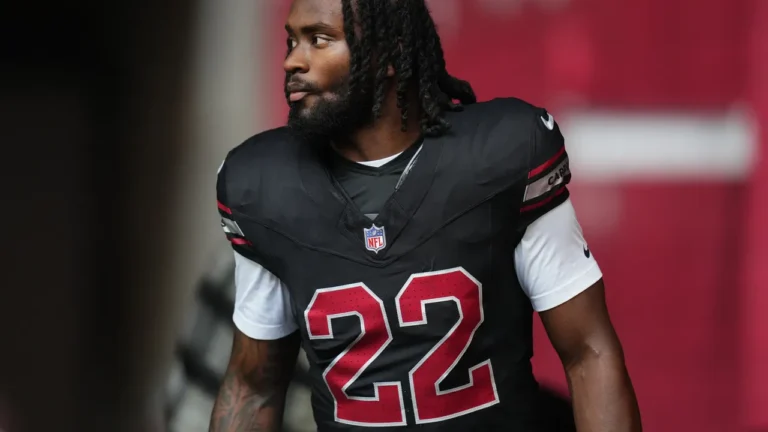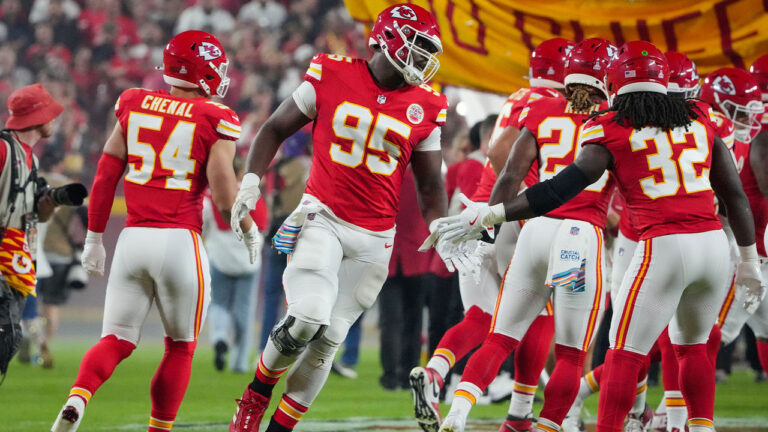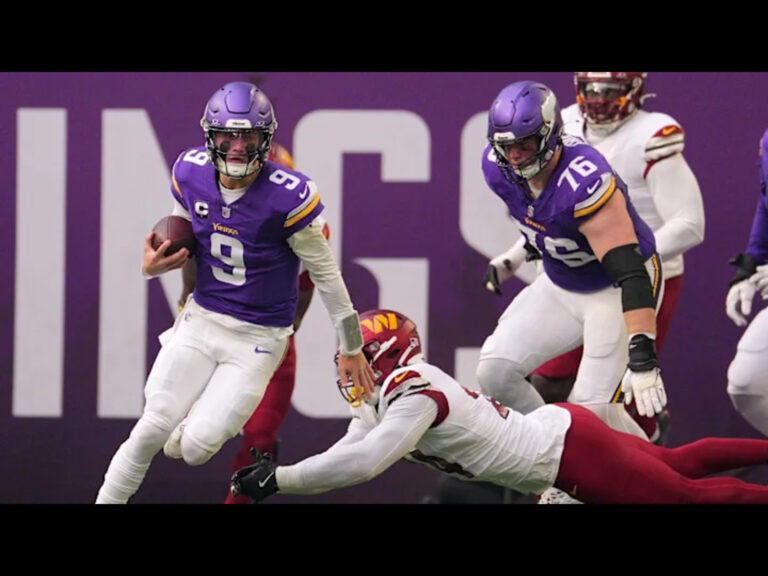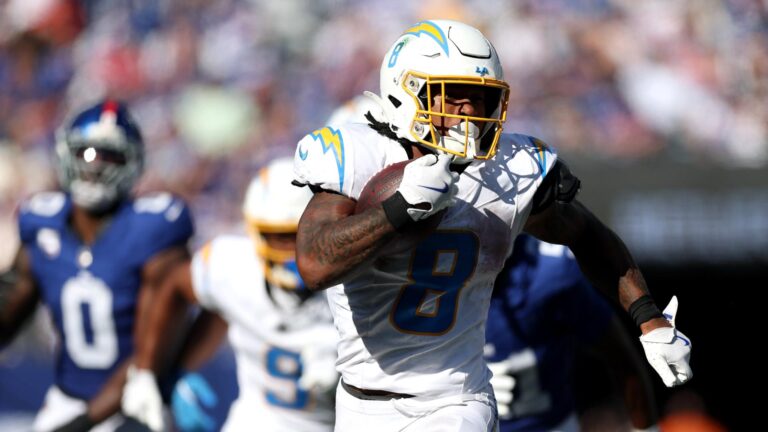Week 9 brings another round of lineup puzzles, late-breaking injury news, and rapidly shifting betting lines. The smallest tweaks in player status can ripple across fantasy and wagering markets. This week’s breakdown focuses on the injuries that actually move projections, the players poised to benefit from lineup changes, and which prop angles carry the best value. The goal is to cut through the noise and focus on actionable insight for both fantasy and betting slips.
Injuries That Shape the Market
Injury analysis is about anticipating adjustments before the books and the field react. Smart bettors often rely on real-time injury updates and matchup analytics, which can be cross-referenced with sports analysis platforms and resources such as sweepstakes casinos to identify correlated betting trends. Understanding how absences impact team tendencies can transform speculation into strategy.
Key Questionable and Game-Time Calls
The biggest market movers usually come from the quarterback, feature back, or top wideout positions. A limited practice upgraded to full participation often signals a normal workload, but beat reports and coach quotes can still hint at snap limits. Hamstring or groin issues tend to cap acceleration, affecting deep routes and open-field burst, while high ankle sprains reduce lateral agility and short-yardage effectiveness. Concussion protocol decisions remain binary cleared typically means full workload, but staff can still ease players back in with scripted limitations.
For pass catchers carrying a questionable tag, Saturday walkthroughs and route reports often reveal the truth. If a deep threat is inactive, expect slot and tight end usage to climb. If a possession receiver misses time, short-area screens and backfield targets usually increase. When a feature back’s status goes to game-time decision, sportsbooks frequently delay releasing rushing attempt props, which creates opportunity once inactives are confirmed.
Fantasy managers should prepare pivot options within the same kickoff window, while bettors should monitor beat reporters for last-minute intel. The sharpest window to find stale numbers often arrives ten minutes after inactive lists post.
Defensive Absences and Matchup Swings
Injuries on defense can be even more impactful than offensive losses. A missing top cornerback forces teams to play softer zone coverage, raising completion rates and reducing pressure. Losing an interior lineman opens running lanes and elevates early-down success rates. If a safety with elite range is unavailable, coordinators often protect with two-deep shells, which invites shorter passes and efficient rushing. When linebackers sit, expect spikes in receptions for tight ends and running backs. Always connect the defensive absence to how the offense structures its play-calling, since that relationship determines which props carry value.
Quarterbacks: Updates and Prop Angles
Quarterback props depend on pace, game script, and protection quality. When facing secondaries missing starters, target passing attempts and completions. For bettors and fantasy players seeking deeper analytical guidance, Roto Street Journal’s fantasy football strategy section provides expert insights into player performance trends and matchup-based predictions. Yardage props usually move first, leaving attempts slightly behind. In windy or cold outdoor games, short-pass offenses can exceed conservative completion lines despite muted totals.
Recommended angles:
- Over 32.5–34.5 passing attempts when facing a short-handed cornerback group and a top-10 run defense
- Over 22.5–23.5 completions in high-tempo matchups with both teams ranking top ten in pace
- Longest completion over 33.5–35.5 yards when the opposing safety is ruled out and pressure rate is below average
Quarterback rushing props deserve equal attention. When opponents lose contain defenders or edge rushers, mobile passers gain extra scramble lanes.
Rushing angles to monitor:
- Over 21.5–26.5 rushing yards against heavy man coverage defenses
- Anytime touchdown when red-zone carry share exceeds 20 percent
- Longest rush over 9.5–11.5 yards against deep safety looks that leave the middle open
Running Backs: Usage Trends and Prop Targets
Role Clarity and Volume
Understanding role distribution is key to finding rushing or receiving value. Backs handling at least 65 percent of early-down snaps in games where their team is favored have meaningful carry upside. Underdogs with strong receiving backs benefit from passing-game volume. Blitz pickup trust and two-minute offense participation often determine which back remains on the field late.
Key betting angles:
- Over 14.5–17.5 carries for a primary back against a weakened defensive front
- Over 3.5 receptions for pass-catching specialists versus off-coverage defenses
- Backup running back over rushing attempts when the starter is active but limited by a lower-body injury
Touchdown Equity and Red-Zone Usage
Touchdown props revolve around inside-the-10 workload. If a team averages above league rate for rush attempts near the goal line and the back recorded multiple carries there last week, his anytime touchdown odds deserve attention. Watch for heavy personnel formations and motion usage coordinators who lean on those looks tend to repeat them in scoring situations. Quarterback sneak frequency should also influence anytime and first-touchdown selections.
Wide Receivers and Tight Ends: Target Shifts and Matchups
Adjusting to Vacated Volume
When an alpha receiver sits, volume redistributes to slot options and tight ends. Slot receivers usually see the steadiest increase, as they offer higher catch probability routes. Tight ends running at least 70 percent of team routes are strong candidates for 4.5-reception overs.
Strong plays include:
- Slot receiver over 5.5 receptions when a top outside receiver is sidelined
- Tight end over 44.5–49.5 yards against defenses missing a coverage linebacker
- Secondary wideout longest reception over 19.5–22.5 yards when facing backup safeties
Reading Coverage Tendencies
Zone-heavy defenses open soft pockets for tight ends and possession receivers, while man-heavy units missing their top cornerback allow isolation opportunities for primary targets. Receivers moving inside against teams that struggle to handle crossing routes gain extra yards after catch. Tie these matchup reads to longest completion props for optimal correlation.
Start/Sit and DFS Leans
Fantasy lineup calls revolve around snap rates and role stability. Start receivers running routes on at least 85 percent of dropbacks and favor backs involved in the two-minute offense. Bench perimeter receivers facing top press tandems unless target share is dominant.
In daily formats, stack quarterbacks against injury-depleted secondaries, and pivot from chalky running backs facing elite fronts. Mid-tier receivers stepping into six to eight extra targets due to late injury downgrades often provide underpriced value. Tight ends logging heavy routes and red-zone work remain cost-effective DFS anchors.
Late-swap flexibility is crucial. If early players underperform, pivot to higher-variance wideouts in the later slate. If the lineup performs well, shift to lower-risk players to protect the advantage. Always align swaps with verified inactives and updated weather conditions.
Building a Smarter Betting Card
Timing, Correlation, and Value Capture
A half-yard difference or a single attempt variance can flip expected value. Maintain multiple sportsbook accounts for line comparison and monitor typical ranges for your preferred markets. Strike early on niche props you trust, and add exposure when late-breaking injuries confirm your read.
Card-building tips:
- Avoid stacking correlated overs in the same game unless scripting for a specific outcome
- Use yardage ladders only when both volume and explosiveness align
- Include small exposure to longest rush or reception markets to capitalize on efficiency spikes
- Fade late steam unless breaking news truly changes player usage
Week 9 offers a blend of uncertainty and opportunity. The best bettors and fantasy managers thrive not by predicting every injury outcome, but by reacting faster and smarter once clarity arrives.
